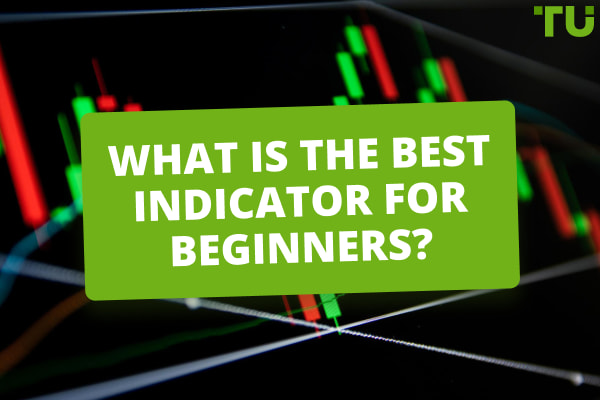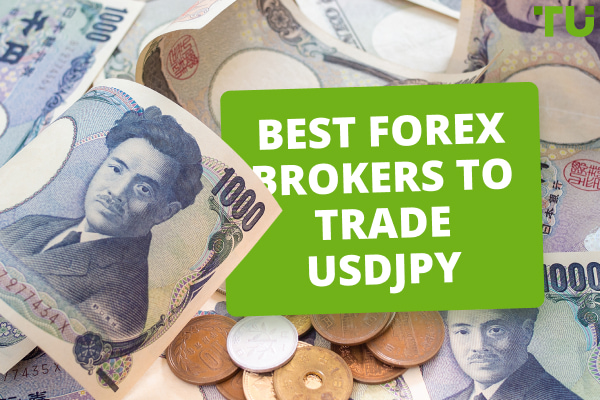Best Leverage For Average Account Size Explained
The optimal leverage for a Forex account holding $1000-$2000 depends on a trader’s risk tolerance, trading strategy, and experience. Here we look at the best leverage for Forex trading in general and for a $1000-$2000 account, and how to effectively manage risk with the chosen leverage.
The choice of leverage in Forex trading is a critical decision, especially for a relatively small account like $1,000 to $2,000. Leverage allows you to control a larger position size with a smaller amount of capital, but it also amplifies both profits and losses. The best leverage for your account depends on your risk tolerance, trading strategy, and experience level. In this article I’ll be looking at what is the best leverage for Forex trading, how to choose the optimal leverage size for an account of $1,000-$2,000, and how to manage risk with your chosen leverage.
What is the best leverage in Forex trading?
The choice of the best leverage in Forex trading is highly subjective and depends on various factors, including your trading strategy, risk tolerance, experience level, and size of your trading account. There is no one-size-fits-all answer to this question because what may be suitable for one trader may not be appropriate for another.
A beginner trader might be best served with a leverage ratio of 1:2/1:5, as it provides a healthy balance between risk exposure and potential profits. This protects you from incurring substantial losses. A trader using this leverage ratio would be considered “conservative”.
Traders with a little more experience might cautiously opt for a moderate leverage of 1:5 to 1:10. A moderate leverage would allow a trader to control larger positions, while also limiting the risk of a complete account wipeout. However, strict risk management is essential.
If adopting an aggressive, high-risk strategy, a trader might implement a leverage of 1:10-1:50. While this can be tempting due to the potential for significant profits, it's riskier and should be used with extreme caution. High leverage can lead to rapid losses, especially for inexperienced traders.
Using a leverage ratio of 1:100 and above enters the territory of trading speculatively and is dangerously high-risk. Let’s imagine a trader has an account size of $10,000 and opts for a leverage ratio of 1:500, meaning they control $5,000,000 in the market. While the opportunity for profit is huge, their account will serve as collateral for any losses. So, if the market moved against the trader by just 0.2%, their entire account of $10,000 would be wiped out. These levels of leverage should only be used by highly experienced traders or those with high capital to spare.
How to choose the optimal leverage size for $1.000/$2.000 account
The average account size in Forex is roughly $5,000. A beginner can get started with a capital of only $100, though they would be very limited in what they can achieve. So, let’s imagine a scenario where a trader begins with $1,000 or $2,000 capital, comparing the various leverage ratios and the potential losses or gains from a 100-pip movement.
| Leverage | Account Size | Position Size | Pip Movement | Gain (USD) | Loss (USD) |
|---|---|---|---|---|---|
1:2 |
$1,000 |
$2,000 |
100 pips |
$20 |
-$20 |
1:5 |
$1,000 |
$5,000 |
100 pips |
$50 |
-$50 |
1:10 |
$1,000 |
$10,000 |
100 pips |
$100 |
-$100 |
1:30 |
$1,000 |
$30,000 |
100 pips |
$300 |
-$300 |
1:50 |
$1,000 |
$50,000 |
100 pips |
$500 |
-$500 |
1:100 |
$1,000 |
$100,000 |
100 pips |
$1,000 |
-$1,000 |
1:2 |
$2,000 |
$4,000 |
100 pips |
$40 |
-$40 |
1:5 |
$2,000 |
$10,000 |
100 pips |
$100 |
-$100 |
1:10 |
$2,000 |
$20,000 |
100 pips |
$200 |
-$200 |
1:30 |
$2,000 |
$60,000 |
100 pips |
$600 |
-$600 |
1:50 |
$2,000 |
$100,000 |
100 pips |
$1,000 |
-$1,000 |
1:100 |
$2,000 |
$200,000 |
100 pips |
$2,000 |
-$2,000 |
As you can see from the table above, a higher leverage significantly increases potential losses and gains. These calculations are simplified and do not consider factors such as spreads, fees, and overnight financing costs, which can affect actual trading results.
Using a leverage of 1:100 with an account size of $1000 means you could make 100% profit on a movement of just 100 pips in your favor (1 cent in a EUR/USD pairing). However, you could also wipe out your entire account if the pip movement is against you, which is why using a high leverage is so risky.
When getting started with Forex trading, it’s important to see the bigger picture and play the long game. With an account size of $1000, it may be best to begin with a leverage ratio of 1:2. That way, you’re only putting down a margin deposit of 2% of your total capital.
Managing risk with chosen leverage
Regardless of the chosen leverage, implementing strict risk management practices, such as setting stop-loss orders and not risking more than a small percentage of your account on a single trade, is crucial.
If opting for a low leverage ratio, even though your potential losses are limited, you still want to protect your capital and ensure responsible trading. Here are some effective risk management techniques that are well suited for low leverage trading:
Stop-loss orders: Always use stop-loss orders to limit potential losses. With low leverage, you have a greater margin of error, so you can set tighter stop-loss levels.
Diversification: Avoid over-concentration in a single currency pair or trade. Diversify your trades across different currency pairs or assets to reduce the impact of a single trade gone wrong.
Risk-reward ratio: Ideally, aim for a risk-reward ratio of at least 1:2, where the potential reward is at least twice the risk. This allows you to make profits even with a lower win rate.
Use leverage sparingly: With low leverage, you have less need to worry about overexposure. Use leverage only when it's necessary for your trading strategy and not as a default option.
Best Forex brokers 2024


FAQs
What is considered a reasonable leverage for a $2000 account?
A conservative leverage from 1:2 up to 1:5 would be suitable for this amount. As the amount of capital available is low, you don’t want to risk losing it all in one position.
Can a higher leverage on a $1000 account lead to higher profits?
Yes, but it can also lead to higher losses. Leverage is a double-edged sword, so whatever leverage ratio you opt for, the risks and rewards are proportionately increased.
Is high leverage risky?
Yes, high leverage is risky. Although it increases the size of the position a trader can control, meaning higher potential profits, it also increases the size of possible losses that the trader would have to cover using their own account’s capital.
Is there any safe leverage?
Unfortunately, there is no such thing as completely safe leverage, which is why it’s crucial to implement effective and well-planned risk management strategies. With every trade, you should consider whether you have enough capital to cover any losses incurred, and whether the potential rewards justify the risks.
Glossary for novice traders
-
1
Broker
A broker is a legal entity or individual that performs as an intermediary when making trades in the financial markets. Private investors cannot trade without a broker, since only brokers can execute trades on the exchanges.
-
2
Leverage
Forex leverage is a tool enabling traders to control larger positions with a relatively small amount of capital, amplifying potential profits and losses based on the chosen leverage ratio.
-
3
Trading
Trading involves the act of buying and selling financial assets like stocks, currencies, or commodities with the intention of profiting from market price fluctuations. Traders employ various strategies, analysis techniques, and risk management practices to make informed decisions and optimize their chances of success in the financial markets.
-
4
Forex Trading
Forex trading, short for foreign exchange trading, is the practice of buying and selling currencies in the global foreign exchange market with the aim of profiting from fluctuations in exchange rates. Traders speculate on whether one currency will rise or fall in value relative to another currency and make trading decisions accordingly.
-
5
Risk Management
Risk management is a risk management model that involves controlling potential losses while maximizing profits. The main risk management tools are stop loss, take profit, calculation of position volume taking into account leverage and pip value.
Team that worked on the article
Jason Law is a freelance writer and journalist and a Traders Union website contributor. While his main areas of expertise are currently finance and investing, he’s also a generalist writer covering news, current events, and travel.
Jason’s experience includes being an editor for South24 News and writing for the Vietnam Times newspaper. He is also an avid investor and an active stock and cryptocurrency trader with several years of experience.
Dr. BJ Johnson is a PhD in English Language and an editor with over 15 years of experience. He earned his degree in English Language in the U.S and the UK. In 2020, Dr. Johnson joined the Traders Union team. Since then, he has created over 100 exclusive articles and edited over 300 articles of other authors.
Mirjan Hipolito is a journalist and news editor at Traders Union. She is an expert crypto writer with five years of experience in the financial markets. Her specialties are daily market news, price predictions, and Initial Coin Offerings (ICO).









